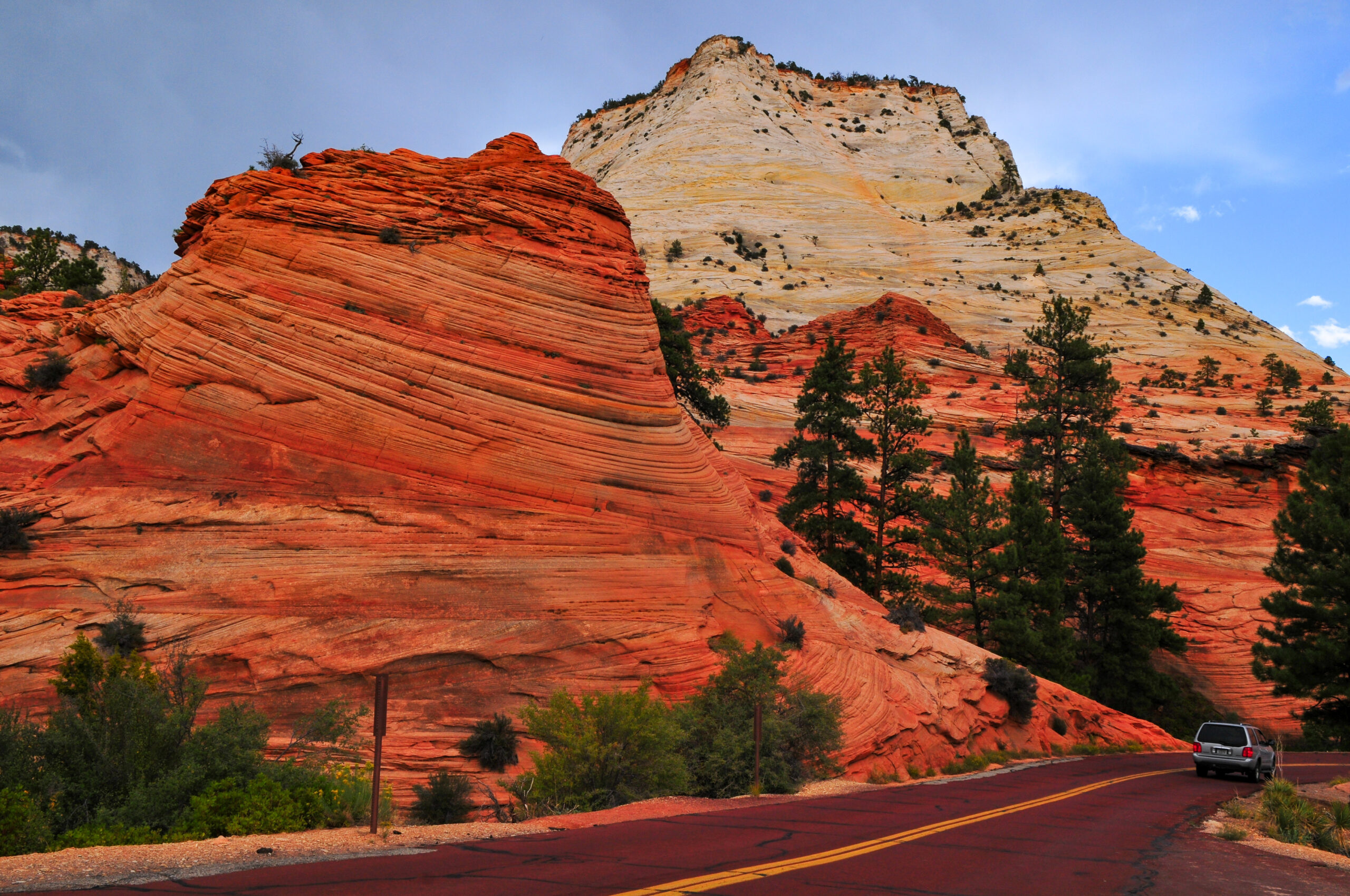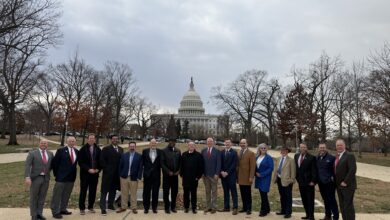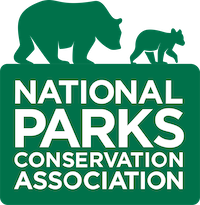Zion National Park to Ban RVs From Main Highway in 2026

Beginning in mid-2026, Zion National Park will no longer allow oversized vehicles to travel the Zion-Mt. Carmel Highway – the scenic byway that bisects southern Utah’s top tourist draw.
Vehicles that exceed 11 feet 4 inches tall, 7 feet 10 inches wide and 35 feet 9 inches long, or 50,000 pounds, will be rerouted to alternate existing roads surrounding the park. The changes aim to help reduce collision likelihood, overweight transits on road bridges and lane-crossing due to vehicles being too long to negotiate turns.
“These changes reflect months of discussions to find the best way forward to manage the historic Zion-Mt. Carmel Highway and increase driver safety,” said Jeff Bradybaugh, Zion National Park superintendent. “Our goal is to protect drivers, meet modern safety standards and ensure the integrity of the road and tunnels so that we continue to enjoy scenic drives on the historic Zion-Mt. Carmel Highway.”
Vehicles that exceed the specifications listed will still be able to enter the park and drive on open roads. If they are too large to safely drive on the Zion-Mt. Carmel Highway, they can drive around the park on existing roads, which will add an estimated 10 to 40 minutes to trips, depending on route and destination. In the years to come, regional partners are also discussing improvements to roads around Zion that should simplify travel.
Background:
Engineering and traffic studies regarding contemporary road use show that travel by many large vehicles presents public safety concerns. In addition to exceeding engineering limits on park bridges, large vehicles like RVs or motorcoach buses cross the centerline in 18 locations where the road’s turning radius cannot accommodate long vehicles – which becomes problematic when vehicle length exceeds 35 feet 9 inches.
Bridges on the Zion-Mt. Carmel Highway are rated for 50,000-pound vehicles. Some large vehicles exceed this weight. Additionally, the Zion-Mt. Carmel Tunnel requires its own restrictions. Vehicles wider than 7 feet 10 inches and taller than 11 feet 4 inches cannot pass through the tunnel while maintaining two-way traffic and require a tunnel escort. Vehicles taller than 13 feet 1 inch cannot fit through the tunnel and are not allowed.
The Zion-Mt. Carmel Highway is a landmark listed on the National Register of Historic Places and is designated as a Historic Civil Engineering Landmark. This historic road was originally designed and constructed in the 1920s and 1930s. To complement the landscape, the road has tight turns, some steep grades, many switchbacks, relatively narrow lanes, two low and narrow tunnels, and bridges. The design elements make the road more compatible with the landscape but also hard for modern, larger vehicles to travel safely.
When the road was designed, vehicles were smaller, moved at slower speeds and weighed far less. Expanding the historic road is not feasible because of the terrain. New construction could be prohibitively expensive and harm the park’s landscapes, plants, animals and impact the historic values of the road itself.
To reduce the likelihood of collisions and fulfill our responsibly to take care of this historic road, Zion intends to reroute large vehicle traffic in mid-2026 to help ensure visitor safety, improve driving conditions and reduce the likelihood of structural damage.
Read the full report from the National Park Service here.



